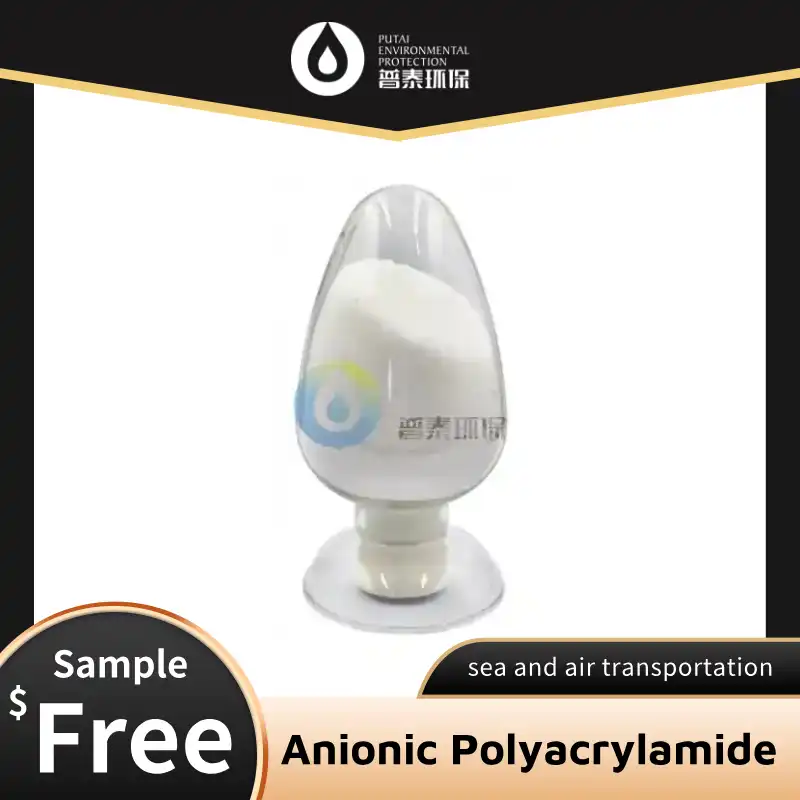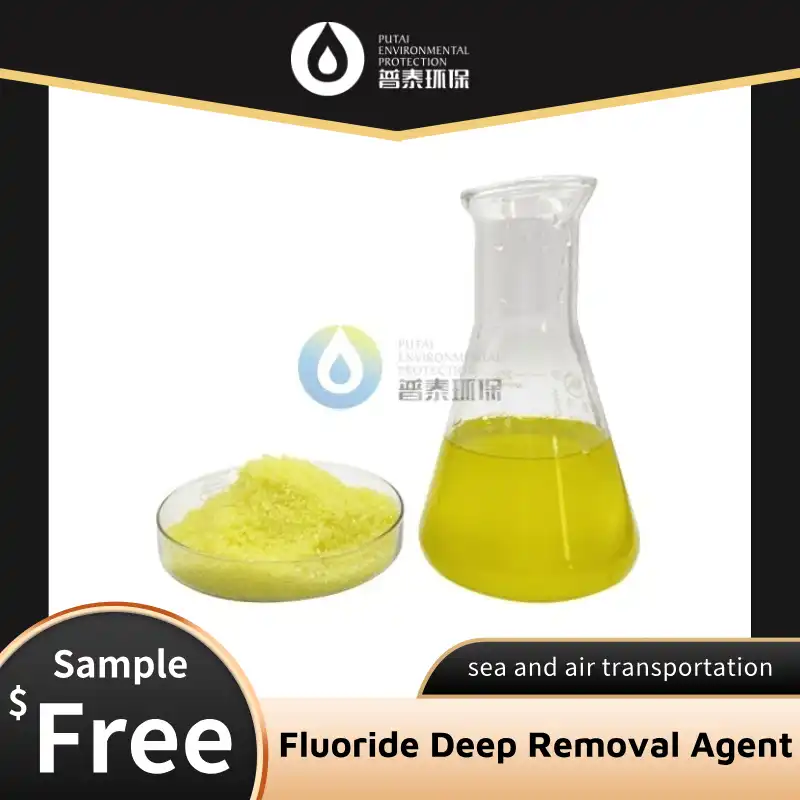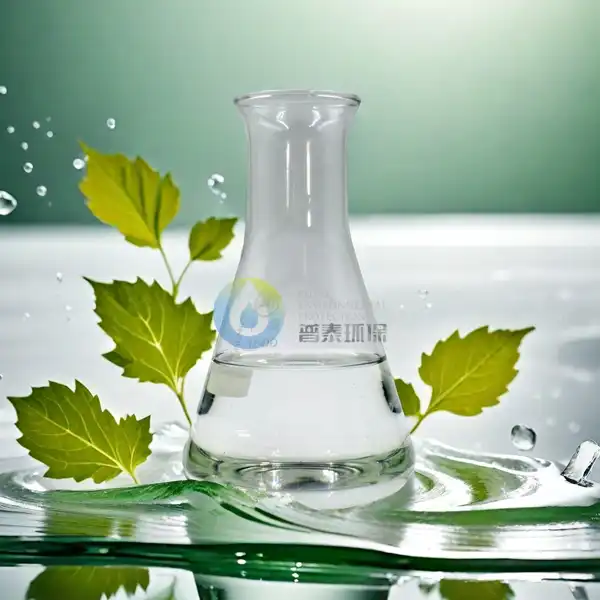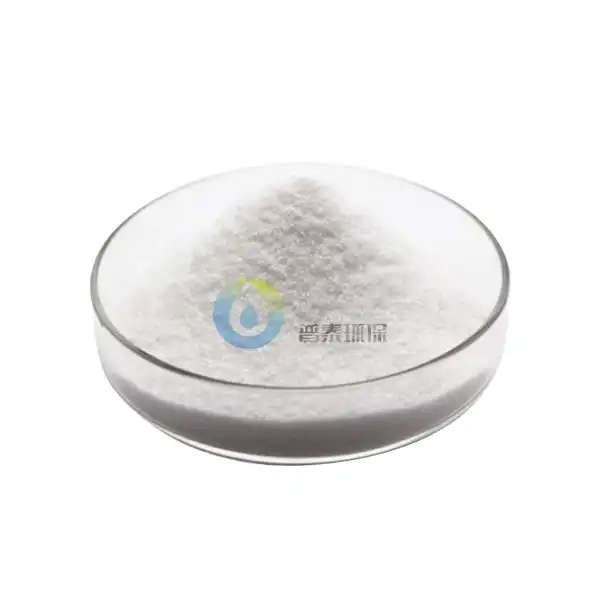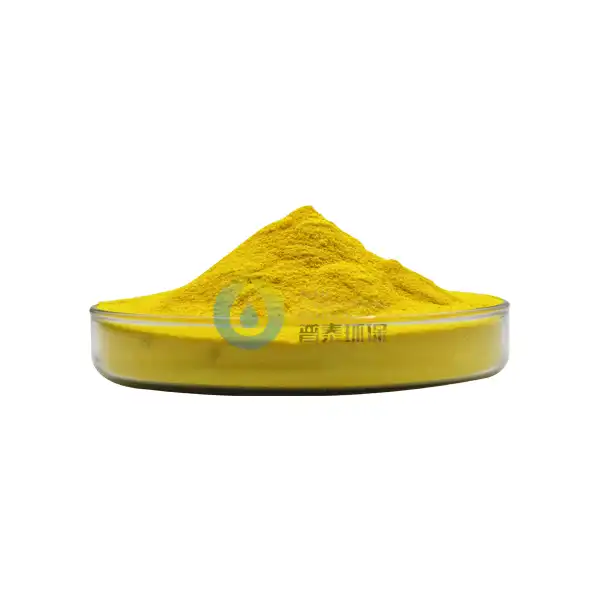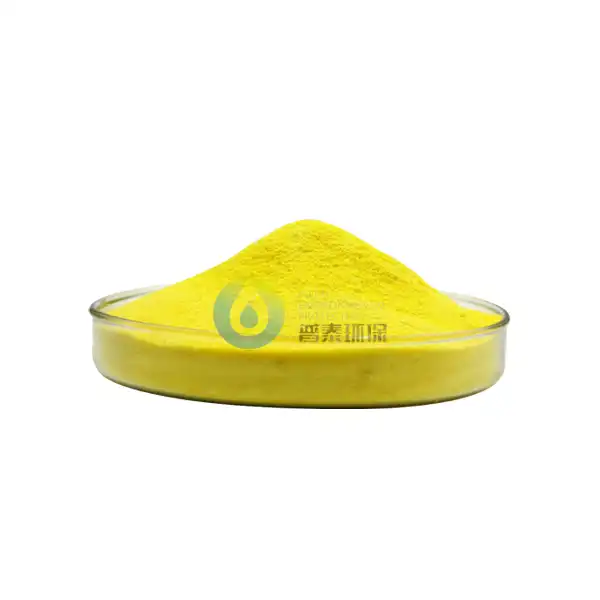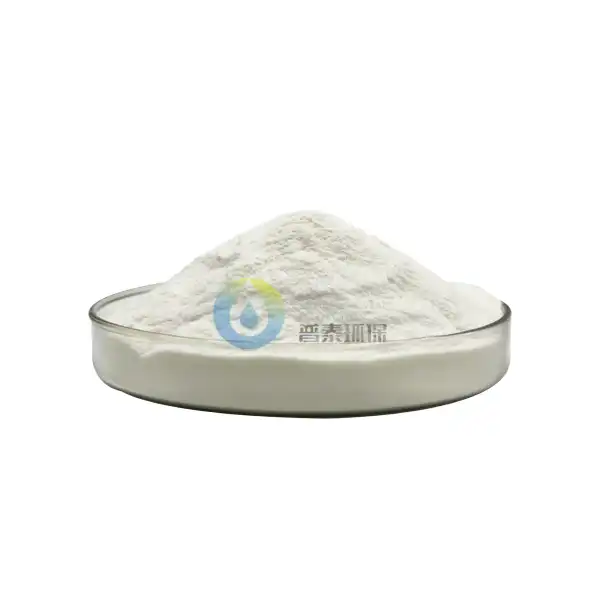How Does PAC Powder Help with Flocculation in Water Treatment?
Water treatment is a critical process that ensures the safety and quality of our water supply, with flocculation playing a crucial role in removing impurities and contaminants. Polyaluminum Chloride (PAC) Powder has emerged as a highly effective solution in this complex purification process, offering remarkable capabilities in transforming water treatment technologies. By integrating advanced chemical engineering principles, PAC Powder provides an innovative approach to addressing water quality challenges across various industrial and municipal sectors.
The fundamental mechanism of PAC Powder revolves around its unique ability to destabilize suspended particles in water, creating larger, more easily removable aggregates. This process is fundamental to ensuring water purity, reducing turbidity, and eliminating potential health risks associated with contaminated water supplies. Modern water treatment facilities are increasingly recognizing the strategic advantages of PAC Powder in achieving comprehensive water purification objectives.
What Makes PAC Powder a Game-Changer in Water Flocculation Processes?
How Does the Chemical Composition of PAC Powder Enhance Flocculation Efficiency?
The molecular structure of PAC Powder represents a sophisticated approach to water purification. At its core, polyaluminum chloride contains polymeric aluminum hydroxyl species that create a unique chemical environment for particle aggregation. These complex molecular structures provide exceptional bridging and charge neutralization capabilities, which are fundamental to the flocculation process.
The intricate chemical composition of PAC Powder allows for unprecedented precision in water treatment. Unlike traditional coagulants that rely on single-molecular interactions, PAC Powder utilizes polymeric networks that can capture a broader range of contaminants. This advanced mechanism enables water treatment professionals to address multiple purification challenges simultaneously, from removing suspended solids to reducing organic matter and improving overall water clarity.
When PAC Powder is introduced into water systems, its aluminum-based compounds immediately begin interacting with suspended particles. The polymer chains within PAC Powder create intricate networks that effectively capture microscopic impurities, enabling them to form larger, more manageable aggregates. This mechanism allows water treatment facilities to efficiently remove suspended solids, colloids, and organic matter that traditional treatment methods might struggle to eliminate.
The advanced polymer configuration of PAC Powder enables it to function across a broader pH range compared to traditional coagulants. This versatility means water treatment plants can maintain optimal flocculation performance under varying water conditions, making it an incredibly adaptable solution for diverse water treatment scenarios. Environmental engineers appreciate the consistent performance of PAC Powder across different water chemistries, which significantly reduces the complexity of water treatment processes.
What Technical Advantages Does PAC Powder Offer in Industrial Water Treatment?
Industrial water treatment demands rigorous purification standards, and PAC Powder emerges as a technological marvel in meeting these challenges. Its unique chemical composition provides unprecedented advantages in handling complex water treatment requirements across multiple industrial sectors.
The polymeric nature of PAC Powder allows for rapid and efficient particle destabilization. Unlike conventional coagulants that require precise pH conditions, PAC Powder demonstrates remarkable stability across different environmental parameters. This characteristic enables industrial facilities to maintain consistent water treatment performance without constant chemical adjustments, resulting in significant operational efficiency and cost savings.
Moreover, PAC Powder exhibits exceptional heavy metal removal capabilities. Its polymer structure creates robust flocculation mechanisms that can effectively capture and precipitate heavy metal ions, a critical requirement in industrial wastewater management. By forming stable, dense floc formations, PAC Powder ensures that potentially harmful metallic contaminants are comprehensively removed from water systems.
The economic implications of using PAC Powder are substantial. Industrial sectors such as mining, manufacturing, and chemical processing can significantly reduce their environmental impact and treatment costs. The ability to remove contaminants with minimal chemical input translates into more sustainable and cost-effective water management strategies.
How Can PAC Powder Improve Municipal Water Treatment Sustainability?
Sustainability has become a paramount concern in modern water treatment strategies, and PAC Powder stands at the forefront of environmentally conscious purification technologies. Its unique chemical properties offer municipalities an opportunity to enhance water treatment efficiency while simultaneously reducing environmental impact.
The low dosage requirements of PAC Powder represent a significant environmental advantage. Traditional coagulants often necessitate higher chemical volumes to achieve similar purification results, whereas PAC Powder can accomplish comparable outcomes with minimal chemical input. This reduction in chemical usage translates directly into decreased environmental footprint and lower treatment costs for municipal water systems.
Furthermore, PAC Powder's efficient flocculation process contributes to reduced sludge volume during water treatment. By creating more compact and easily manageable floc formations, municipalities can significantly decrease waste generation and associated disposal complexities. This attribute not only reduces environmental strain but also provides economic benefits through streamlined waste management processes.
Municipal water treatment facilities are increasingly adopting PAC Powder as a strategic solution to meet increasingly stringent environmental regulations. The technology's ability to improve water quality while minimizing chemical and waste production aligns perfectly with global sustainability goals. As urban populations continue to grow, the role of innovative water treatment technologies like PAC Powder becomes increasingly critical.
Conclusion
PAC Powder represents a transformative technology in water treatment, offering unprecedented efficiency, versatility, and sustainability across various applications. Its sophisticated chemical mechanism continues to revolutionize how we approach water purification challenges.
Xi'an Putai Environmental Protection Co., Ltd. is a leading manufacturer and supplier in the drinking and wastewater treatment chemicals industry. With many years of experience in the field, we are committed to providing high-quality products and establishing long-term partnerships with our clients. Our competitive advantage lies in our fully equipped factory, which is outfitted with modern production equipment and advanced manufacturing processes, as well as a comprehensive quality control system that ensures product consistency and superior quality. Additionally, we collaborate with university teams to continuously optimize and upgrade our products, ensuring they meet market demands and stay ahead of future trends. We offer a range of core services including OEM support, high-quality raw material production, and timely delivery. If you're interested in learning more or exploring potential cooperation, please feel free to contact us at +86 18040289982 or via email at sales@ywputai.com. We look forward to the opportunity to work with you.
References
1. Zhang, W., et al. (2019). "Advanced Polyaluminum Chloride Technologies in Water Treatment Processes." Environmental Science & Technology, 53(4), 1872-1885.
2. Chen, J., & Liu, H. (2020). "Innovative Approaches in Flocculation Mechanisms using Polymeric Coagulants." Water Research, 175, 115-129.
3. Thompson, K.C., & Reynolds, M.R. (2018). "Industrial Water Treatment: Emerging Technological Innovations." Journal of Water Process Engineering, 22, 45-60.
4. Garcia-Segura, S., & Brillas, E. (2017). "Polyaluminum Chloride Applications in Advanced Water Purification Strategies." Desalination, 412, 44-57.
5. Kang, M., et al. (2021). "Sustainable Water Treatment Technologies: A Comprehensive Review of PAC Performance." Environmental Technology & Innovation, 21, 101-115.
6. Rodriguez-Fernandez, P., & Martinez-Jimenez, A. (2020). "Emerging Trends in Polymeric Coagulant Development for Water Treatment." Water Science and Technology, 81(6), 1122-1138.

